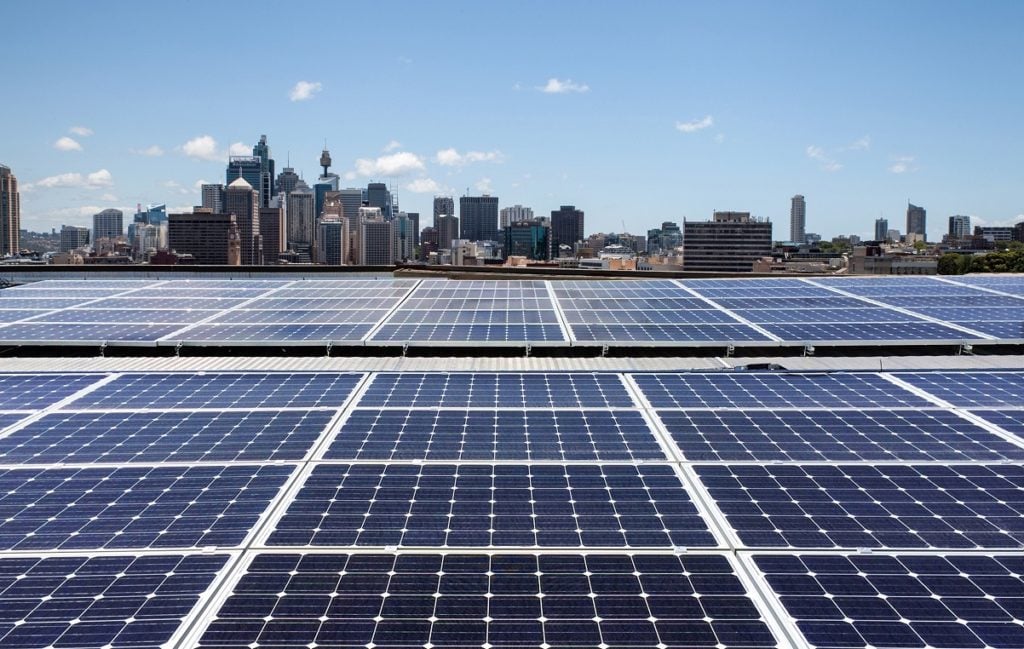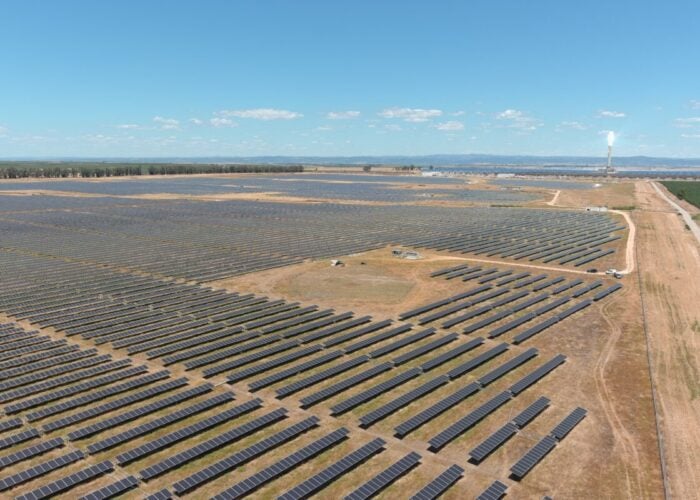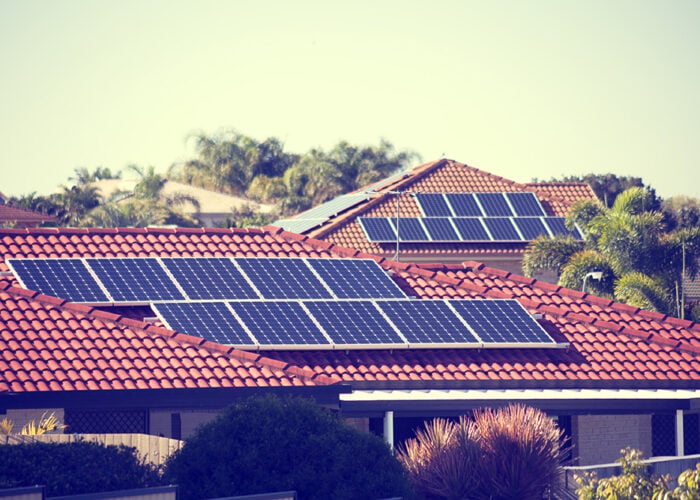
Accelerating deployment of utility-scale solar and wind means much of Australia could have sufficient renewable generation to meet 100% of consumer demand at certain times of the day by 2025.
That is according to the Australian Energy Market Operator (AEMO), which revealed the total existing and committed large-scale solar and wind capacity, as well as distributed PV installed behind the meter by businesses and households, is forecast to be 12GW higher in 2025 than today.
Unlock unlimited access for 12 whole months of distinctive global analysis
Photovoltaics International is now included.
- Regular insight and analysis of the industry’s biggest developments
- In-depth interviews with the industry’s leading figures
- Unlimited digital access to the PV Tech Power journal catalogue
- Unlimited digital access to the Photovoltaics International journal catalogue
- Access to more than 1,000 technical papers
- Discounts on Solar Media’s portfolio of events, in-person and virtual
In its 2021 Electricity Statement of Opportunities (ESOO) report, AEMO forecasts there will be sufficient electricity supply to meet reliability standards for at least the next five years in all states in the National Electricity Market (NEM), which interconnects five regional market jurisdictions – Queensland, New South Wales (including the Australian Capital Territory), Victoria, South Australia and Tasmania.
“No reliability gaps are forecast for the next five years, primarily due to more than 4.4GW of new generation and storage capacity, as well as transmission investment and lower peak demand forecasts,” said Daniel Westerman, AEMO CEO, who said last month he wants Australia’s grid capable of handling 100% renewables by 2025.
Renewables investments as well as dispatchable generation projects, such as gas plants, pumped hydro and battery storage, will help replace retiring thermal plants, Westerman said, adding: “The new dispatchable capacity will also enable higher penetrations of low-cost solar and wind generation into the market in the coming years.”
Alongside new utility-scale plants, AEMO forecasts a further 8.9GW of commercial and residential solar PV to be installed in the mainland NEM states by 2025 (on top of the current installed capacity of around 14GW).
As a result, rooftop solar alone could supply 77% of total electricity demand at times, meaning minimum operational demand across the NEM mainland is expected to drop to a record low of 4 – 6GW by 2025, down from 15GW in 2019.
AEMO said consumers are continuing to invest in distributed PV more than it anticipated in its 2020 ESOO. Households and businesses across Australia installed 3GW of rooftop solar in 2020, thanks in part to low technology costs and a shift to household spending on home improvements, the country’s Clean Energy Regulator said earlier this year.
“This is the time to bring more capacity online faster to alleviate concerns around reliability. There is also a need to accelerate reform on distributed energy resources to better leverage the sophisticated technology in rooftop solar and household batteries,” Kane Thornton, chief executive at Australian renewables association the Clean Energy Council, said in response to the latest AEMO report.
Publication of the report comes as new figures revealed Australia posted a 5.3% reduction in emissions in the year to March 2021, driven by solar and wind deployment.
Emissions from electricity generation were down 5.6% in the year to March 2021, the Department of Industry said in a quarterly report. However, in Q1 2021, coal production grew by 5.3%, contributing to an overall increase in fugitive emissions.
Despite the growth in renewables deployment, Australia is aiming to reduce its emissions by just 26 – 28% by 2030, compared to 2005 levels, under the Paris Agreement. By comparison, the US is targeting a 50 – 52% reduction in greenhouse gas emissions by the end of the decade, putting the country on the path to a carbon pollution-free power sector by 2035.







